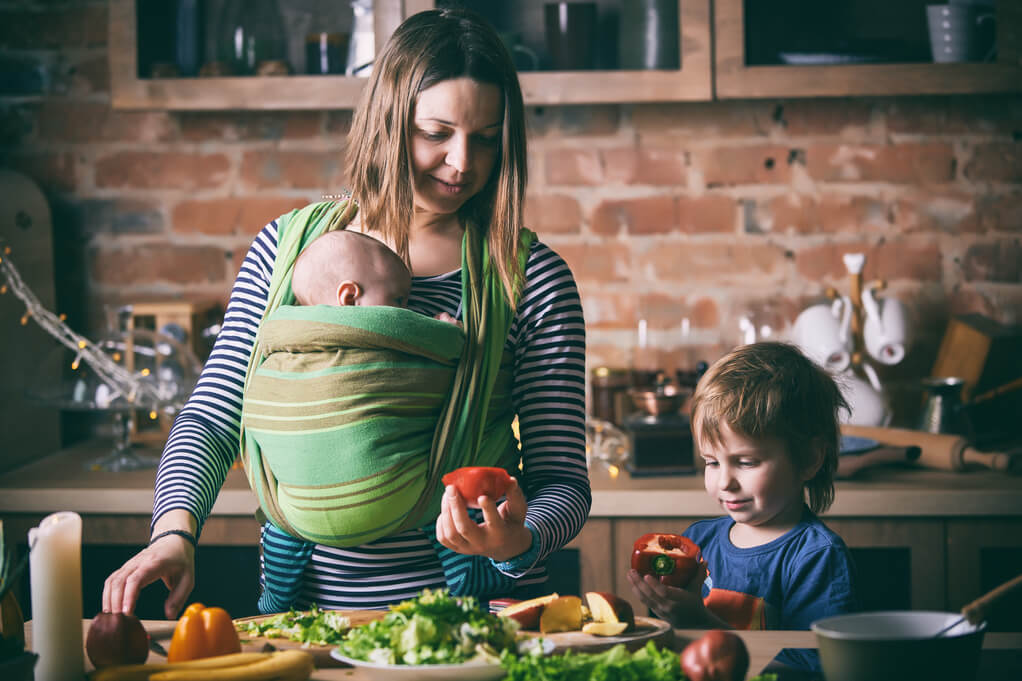 My youngest brother talked me into making a holiday ham for a recent family brunch, and while I groused about the extra work, it was mostly for effect. I was quite happy to "have" to make one.
My youngest brother talked me into making a holiday ham for a recent family brunch, and while I groused about the extra work, it was mostly for effect. I was quite happy to "have" to make one.(How did he talk me into it? By telling me that his newly minted 1-year-old loves the stuff. I pretty much agreed immediately. I'm a pushover that way.)
This same brother is the only one in my immediate family who actually likes turkey, so we've always had a ham on the Thanksgiving table as well as a small, token bird for him. And, during our recent early-Christmas celebration, we had ham as well. But I've been known to make a full-on holiday ham for no particular reason, not just for a celebratory feast, because it is one of the easiest, most cost-effective ways to feed a crowd -- even if the crowd is made up of people who happen to be living at my house at the time.
Cooking a ham may seem intimidating if you haven't tackled one before. Here's what to look for at the store, how to cook it, why it works for a busy working mom, and what to do with all those leftovers.
What to look for: I follow Alton Brown's guidelines when it comes to ham, and look for one labeled either "ham in natural juice" or "ham, water added" (ones that say "ham and water product" can legally contain more water than meat). I also choose a shank portion rather than a rump portion (the shank end has less connective tissue and more meat), and I never, ever get the spiral-cut versions (they dry out very quickly in the oven). I usually budget a pound per person, which makes for plenty of leftovers, even if the bone makes up a lot of the weight.
How I cook it: Get out a roasting pan. Slice an onion into 1/2-inch slices, and place several of them in a layer at the bottom of the pan (this will hold the ham up and out of the juice and grease). Remove all packaging (look for and remove a little plastic disc from the bottom), and rinse the ham in cold water. Pat it dry, and place it on top of the onion. Cut away any huge swaths of fat, but leave a thin layer of it (it'll keep the ham really moist). Score it with shallow knife strokes in a criss-cross pattern and stud with cloves, if you like, but it tastes fine even if you don't. In a small saucepan, stir together over low heat 1/2 cup of orange marmalade, 1/4 cup of dark brown sugar, 1/2 cup rum or bourbon, and 1/4 cup of dijon mustard -- this is your glaze. Pour about half of the mixture over the ham, brushing it onto the sides. Pour 1/4 to 1/2 cup of apple cider into the bottom of the pan, throw in a few whole cloves, and put it in a 350-degree oven until it's internal temperature reaches 148 degrees on a probe thermometer, basting every 1/2 hour with the remaining glaze. (Don't have a one? Don't worry... just leave it in the oven for about 15 minutes per pound.) Cool, slice, serve.
Why it's worth your time: A ham can easily feed a crowd for about $1 per person, less if you factor in leftovers. Aside from the basting, which takes approximately 30 seconds, it basically takes care of itself in the oven. It tastes great -- it's related to bacon, after all. It's impressive-looking. And the leftovers can be transformed into all sorts of yummy things.
What to make out of the leftovers: Well, sandwiches, of course. But you can also chop up the bits and cook them with sweet onions and thawed frozen hashbrowns for a a quick-and-easy breakfast or lunch hash. Use the bone to flavor a pot of baked beans, or save it to make lentil-and-ham soup (winter is on its way!). Stir the diced meat into mac and cheese or dice it more finely and sprinkle it atop scalloped potatoes or add it to an Alfredo sauce. Add slivers of it to homemade fried rice or jambalaya. Serve slabs of it on homemade (or whack-a-tube) biscuits. Or, my favorite: Eat it cold, straight out of the fridge, at night, after everyone else has gone to bed. The calories totally don't count that way.
No comments:
Post a Comment